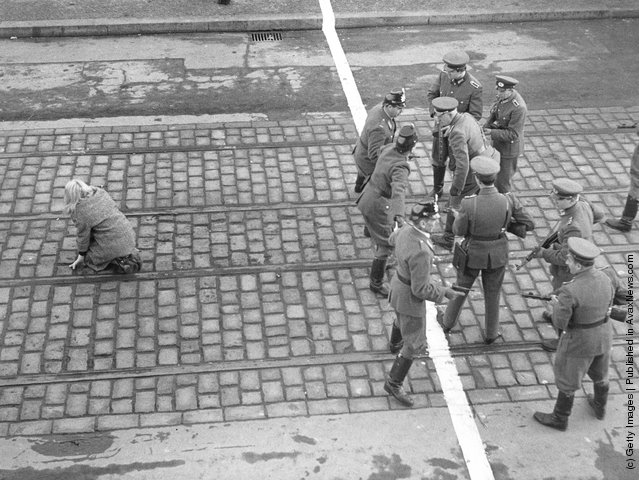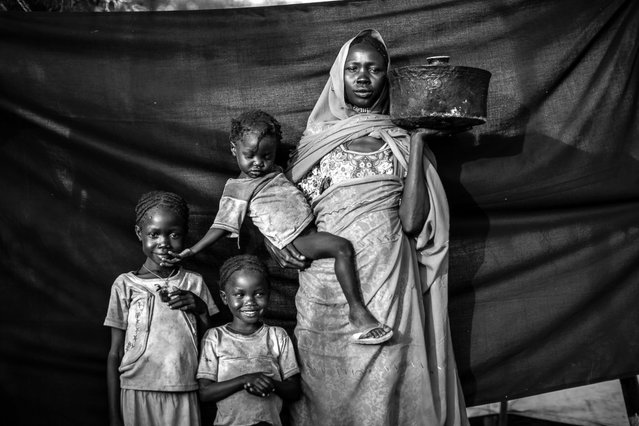
Padaung ethnic women arrive to listen to the speech of Myanmar opposition leader Aung San Suu Kyi (not in picture), Chairwoman of the National League for Democracy (NLD) party, during Suu Kyi's first official election campaign at Demoso township of Kayah State, eastern Myanmar, 10 September 2015. Suu Kyi is on a three-day visit to Kayah State near the Thai-Myanmar border, as part of her first official election campaign. Myanmar political parties and candidates started their campaigns on 08 September ahead of the upcoming general election, which will be held on 08 November 2015. (Photo by Lynn Bo Bo/EPA)
12 Sep 2015 13:44:00,post received
0 comments







